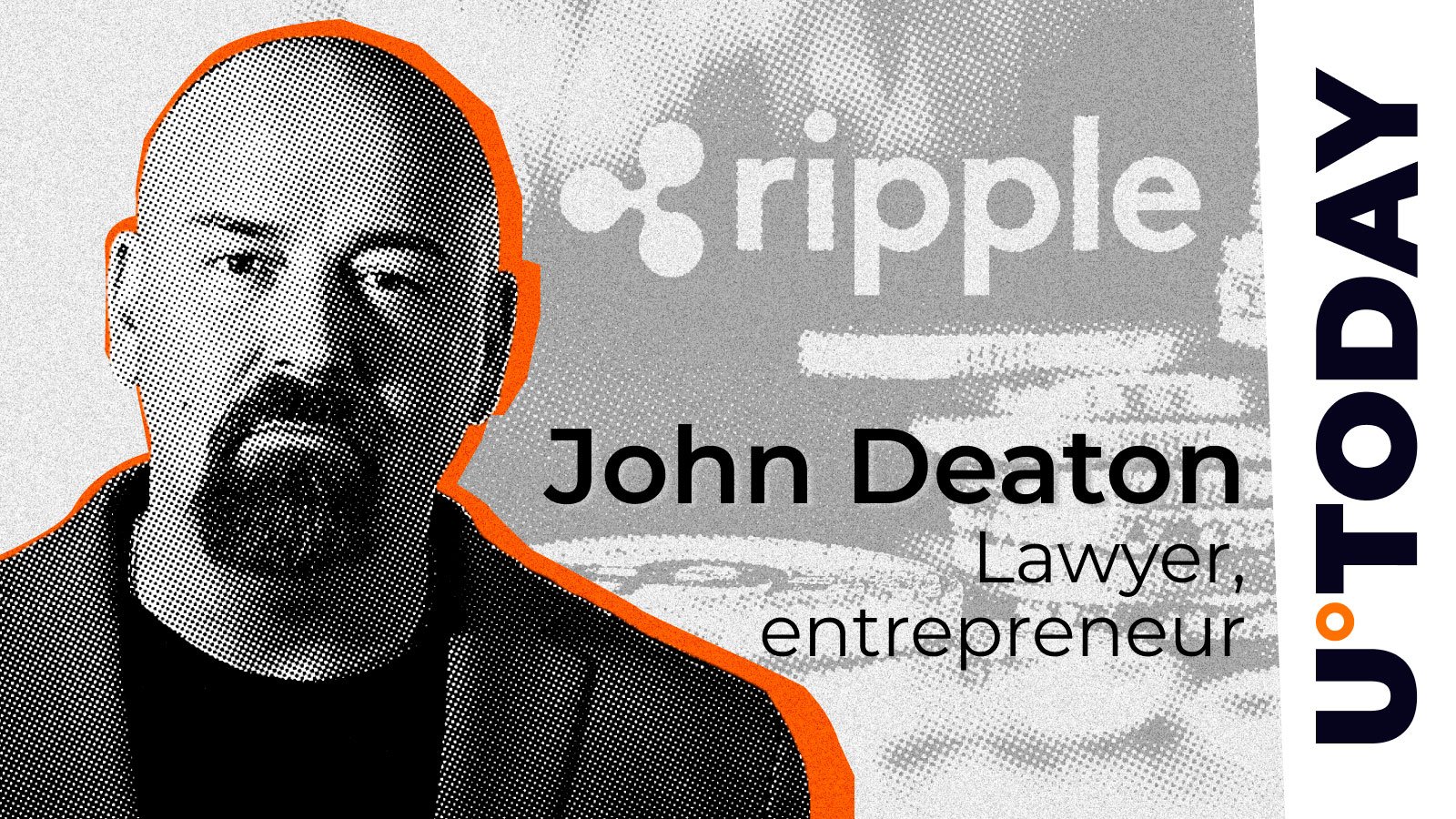Institutional Adoption: Coinbase’s Unprecedented Influence
A Paradigm-Shifting Revelation
In a paradigm-shifting revelation, Coinbase CEO Brian Armstrong unveils the platform’s paramount influence in institutional cryptocurrency adoption. Coinbase Custody commands an astounding 90% share of all Bitcoin ETF assets, valued at a staggering $37 billion. This unparalleled dominance not only underscores Coinbase’s leadership in the custodial space but also highlights its pivotal role in driving institutional participation and shaping the trajectory of the cryptocurrency market.
The Rise of Coinbase Custody
Coinbase Custody’s meteoric rise to prominence in the institutional space is a testament to the platform’s commitment to security, compliance, and reliability. With institutions increasingly looking to enter the cryptocurrency market, Coinbase Custody has emerged as the preferred choice for safeguarding digital assets.
As the custodial arm of Coinbase, which is one of the largest cryptocurrency exchanges in the world, Coinbase Custody offers institutional clients a secure and regulated storage solution for their digital assets. This level of trust and credibility has been instrumental in attracting institutions to the cryptocurrency market.
Driving Institutional Participation
By capturing 90% of all Bitcoin ETF assets, Coinbase Custody has played a pivotal role in driving institutional participation in the cryptocurrency market. Institutions are drawn to Coinbase Custody’s robust security measures, regulatory compliance, and institutional-grade infrastructure, which provide the peace of mind needed to invest in digital assets.
With Coinbase Custody leading the way, more institutions are expected to enter the cryptocurrency market, further legitimizing and expanding the industry. This influx of institutional capital is likely to have a profound impact on the market dynamics and contribute to the long-term growth and stability of the cryptocurrency ecosystem.
How This Will Affect Me
As an individual investor, the increased institutional adoption facilitated by Coinbase Custody’s dominance can have a positive impact on the cryptocurrency market as a whole. With more institutional players entering the market, there is the potential for increased liquidity, price stability, and mainstream acceptance of digital assets.
Additionally, the influx of institutional capital can lead to greater investment opportunities and overall growth in the cryptocurrency space. This could potentially result in higher market valuations and increased returns for individual investors who are already active in the market.
How This Will Affect the World
The rise of Coinbase Custody and its dominant position in institutional cryptocurrency adoption are likely to have far-reaching implications for the world at large. As more institutions allocate funds to digital assets through platforms like Coinbase Custody, the mainstream acceptance and integration of cryptocurrencies into traditional financial systems may accelerate.
This increased institutional participation could pave the way for greater regulatory clarity and oversight of the cryptocurrency market, leading to a more secure and transparent environment for investors globally. The legitimization of digital assets by institutional investors could also help drive broader adoption and use cases for cryptocurrencies beyond just speculative trading.
Conclusion
In conclusion, Coinbase’s unprecedented influence in institutional cryptocurrency adoption, as exemplified by Coinbase Custody’s commanding 90% share of all Bitcoin ETF assets, underscores the platform’s leadership and significance in shaping the future of the cryptocurrency market. With Coinbase Custody leading the way, we can expect to see increased institutional participation, market stability, and mainstream acceptance of digital assets, paving the way for a more robust and sustainable cryptocurrency ecosystem.





